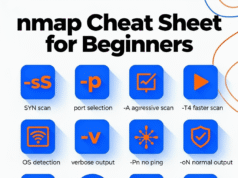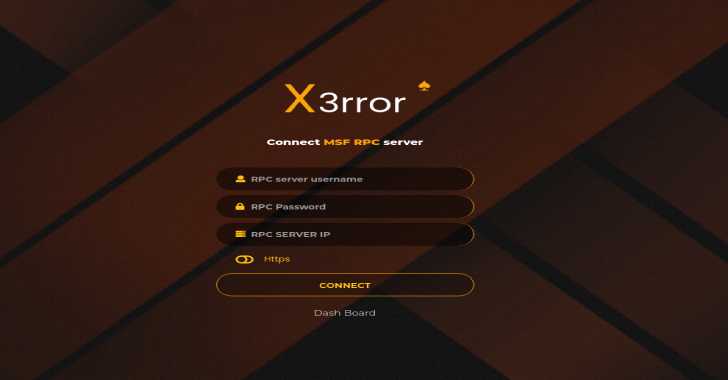Favicorn is an innovative tool designed to search websites by their favicons, offering a unique approach to online exploration and cybersecurity research.
By leveraging favicon data, Favicorn provides search result links across multiple platforms, making it a powerful resource for OSINT (Open Source Intelligence) investigations.
How Favicorn Works
Favicorn operates by taking a favicon (a small icon associated with a website) and generating search results across 10 platforms. Users can interact with Favicorn in three primary ways:
- Direct Favicon URL Search: Use the
--urior-uoption to input a specific favicon URL.
./favicorn.py -u https://emojipedia.org/images/favicon-32x32.png- File-Based Search: Upload a favicon file using the
--fileor-foption.
./favicorn.py -f test-favicon.png- Domain-Based Search: Enter a domain name, and Favicorn will resolve its IPs and identify potential favicons using the
--domainor-doption.
./favicorn.py -d google.comFavicorn includes several advanced options to enhance functionality:
- Verbose Mode: Displays favicon hashes during searches (
--verbose). - Extended Search: Retrieves additional favicon versions via search engines (
--add-from-search-engines). - Save Results: Exports links to a file (
--save-links-filename). - TinyURL Integration: Converts full platform links into TinyURLs (
--tinyurl). - Customizable Output: Disable result previews (
--no-fetch) or animations (--no-logo).
Favicorn supports various platforms, including:
- ZoomEye (login required)
- Shodan (API key required)
- Fofa, VirusTotal, BinaryEdge, Netlas, and more.
Favicorn is particularly useful for:
- Identifying phishing domains for brand protection.
- Expanding the scope of penetration testing.
- Detecting command-and-control (C2) servers used by hackers.
- Conducting broader research in cybersecurity and OSINT.
Favicorn is an open-source project supported by an active OSINT community. Contributions, bug fixes, and feature suggestions are encouraged.
By dropping a star on the GitHub repository, users can help prioritize new features like automated scraping.
Favicorn is not just another tool—it’s a gateway to deeper web insights through the lens of favicons.








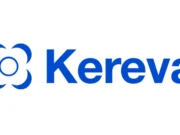
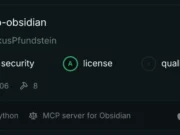
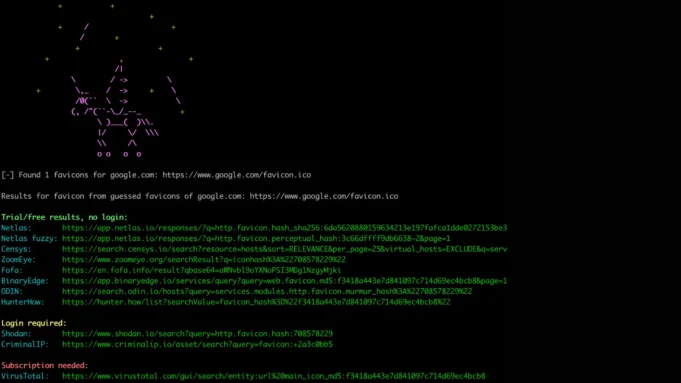

%20Works.png)
